|
Many manufacturers appear to have seen an opportunity to shift their stock by updating their products to be targeted for use in the black out, in the home and everyday pocket items. For example, Kelly lamps were sold as Anderson shelter lamps, and the ARP logo can be found on cufflinks, matchbox holders, ladies' compacts and even on novelty items like the sheath for scissors.
Below appears to be a run-of-the-mill small leather wallet / coin purse that has had the ARP logo embossed on it. It measures roughly 4" square. This particular item recently sold for £58 (including shipping) on eBay recently.
0 Comments
Another piece of utter garbage from the notorious faker in Stanstead. This shyster has for many years being foisting his wares on unsuspecting eBay buyers. Here is a genuine WW2 helmet that's he done up to look like a CONTROL helmet. It isn't.
He has a veritable production line making fake WW2 flags to SAS insignia (and everything in between). He was responsible for a plethora of fake ARP badges which happily haven't been seen for a while. If you were sadly taken in by this huckster, do send it back. Issued from October 1939, and worn throughout the country during the war, the ARP Pattern 43 long coats for ambulance drivers and attendants do not appear very often for sale. Featuring the lancer style front opening with ARP embossed buttons the collar usually had small embroidered badges with red ARP lettering. This egregious fake wooden bowl recently sold on eBay for £78 (plus £9.50 shipping). Some shyster has stamped around the rim (incredibly poorly while drunk it appears) and base to make out that this bowl was made from wood salvaged from Westminster Hall following an air raid in May 1941. The lettering is absolutely atrocious with some fake name (Preston J. Miller) impressed on the base.
This type of bowl - called Cambridge Ware and also Dice-Ware - was manufactured in the 1950s and 60s. I wouldn't normally post items like this but should the buyer research their "collectible" they may want to send it back for a refund... The deep-level shelter located at Clapham North on the Northern Line was one of ten deep shelters planned in London during the war (of which eight were completed). Built by Kinnear, Moodie & Nutall, the shelter consisted of two parallel 5m circular tunnels, 365m in length and the shelter opened in November 1942.
Access was through two main surface entrances (northern entrance was located at 400 Clapham Road and the southern entrance at Bedford Road) that connected via spiral staircases to each end of the twin tunnels. A lift was built within each staircase which was used by the elderly and also for shelter supplies. Access via a stairway from the existing underground station was also made. The twin tunnels were split into 16 sections (all named after famous authors) and linked by five passages. Each section, lined with bunks, could house approximately 500 people with a total of 8,000 being accommodated. Also constructed were toilets, canteens, first aid posts, generator/ventilation rooms and a control room. The shelters were connected to the main sewage network. As bombing of London eased, troops were billeted in the shelters but with the V-weapon attacks starting in the summer of 1944, the shelters were opened again to the public using the ticket shown below. The shelter permanently closed in October 1944. |
Please support this website's running costs and keep it advert free
Categories
All
Archives
May 2024
|
|
|
Copyright Craig Smith © 2018–2024
|
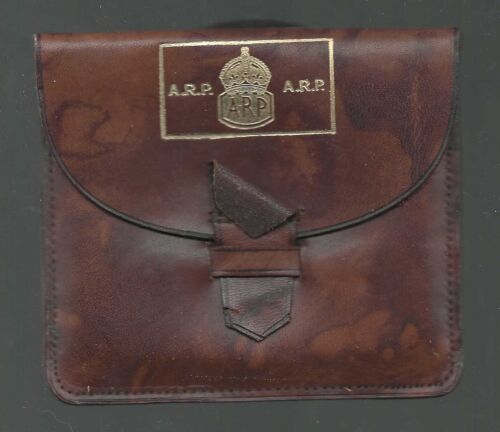
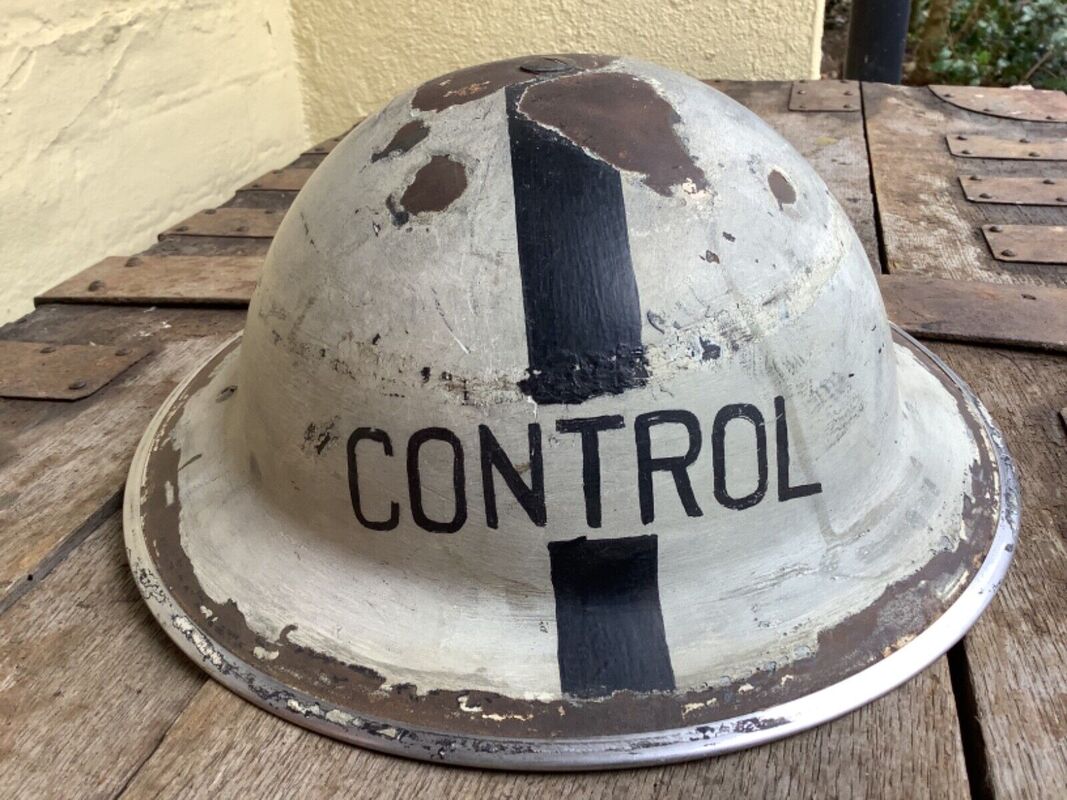
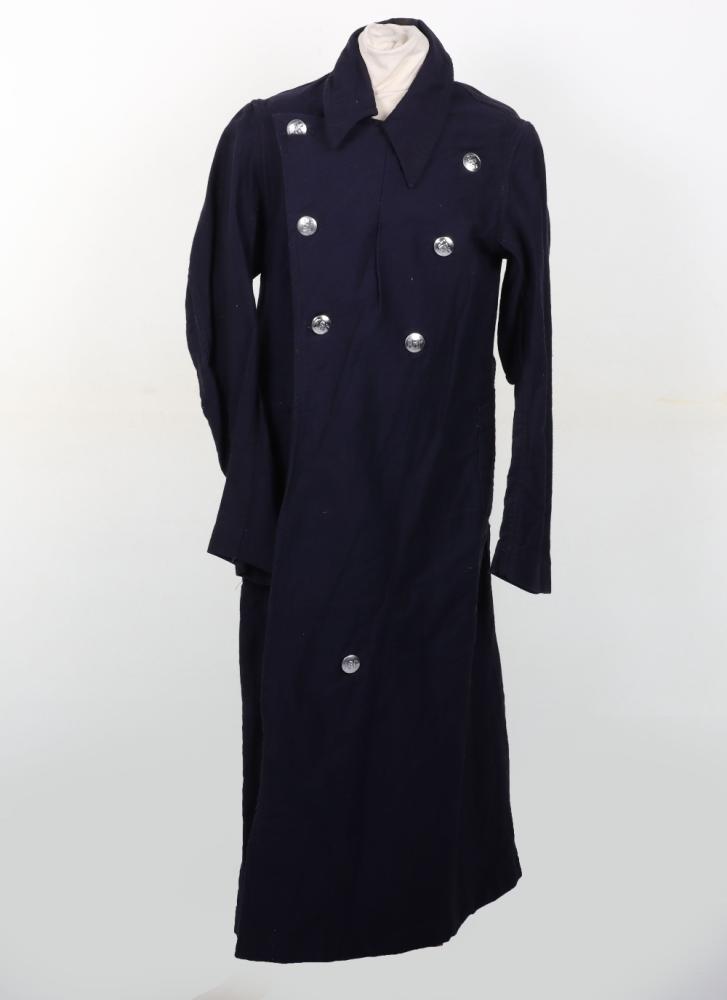
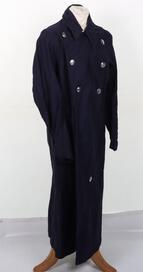
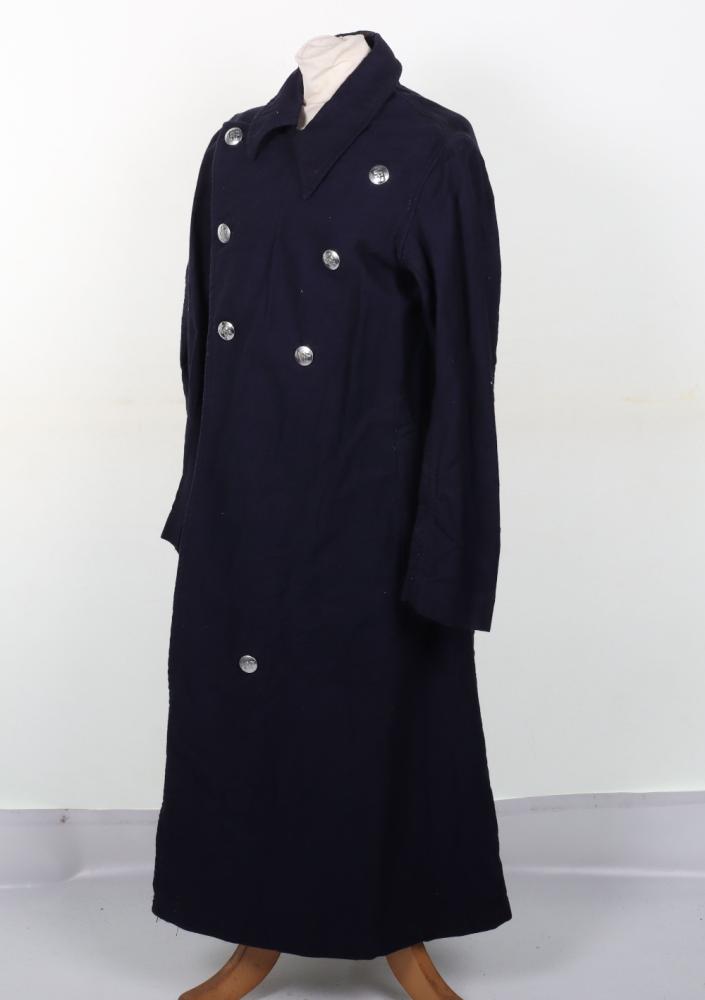
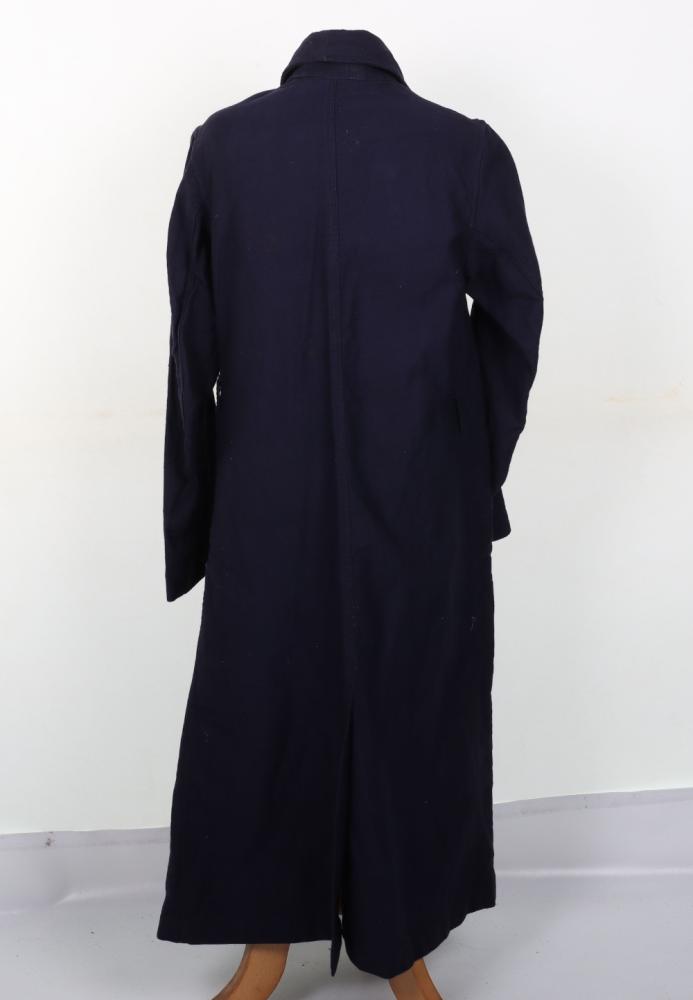
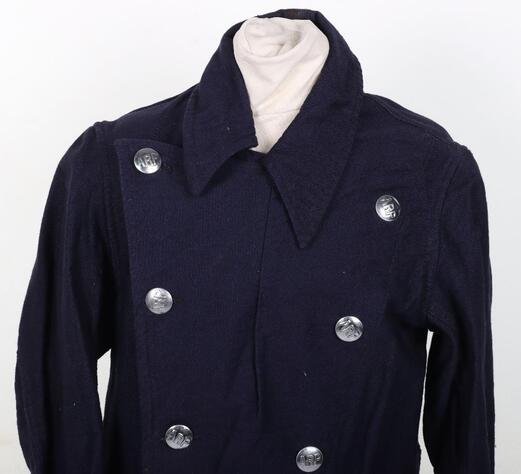
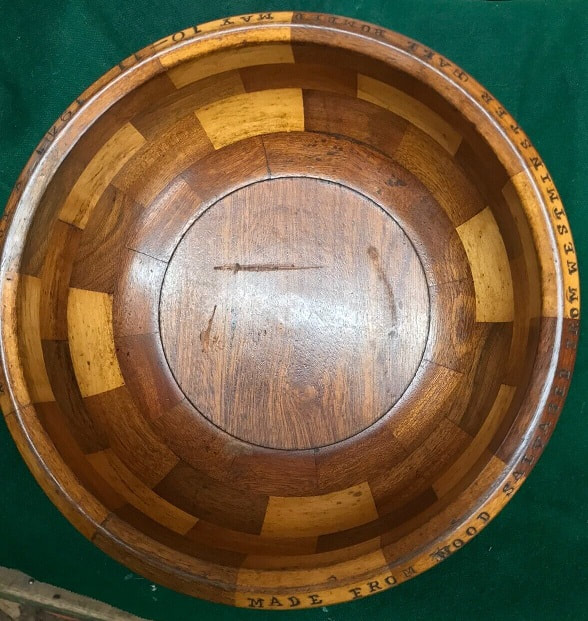
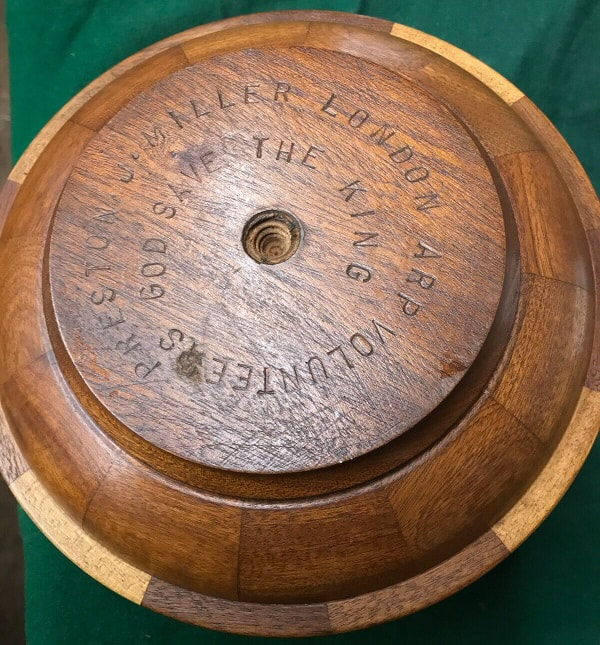
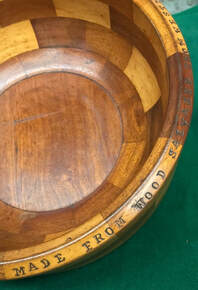
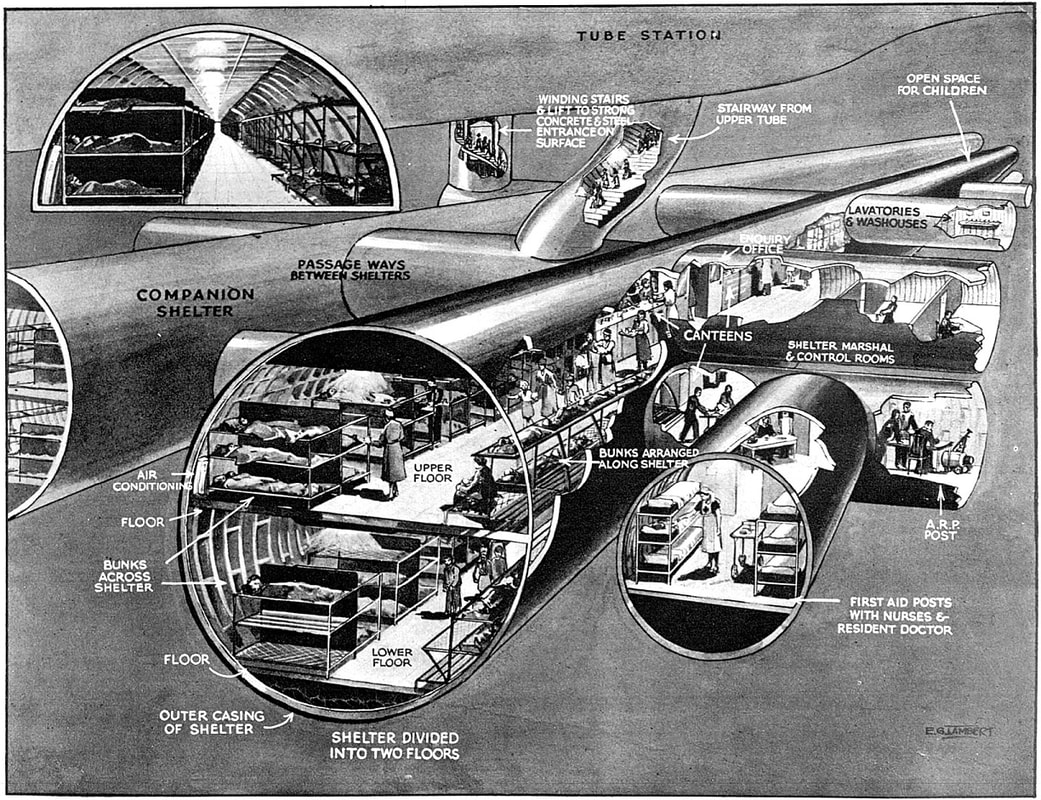
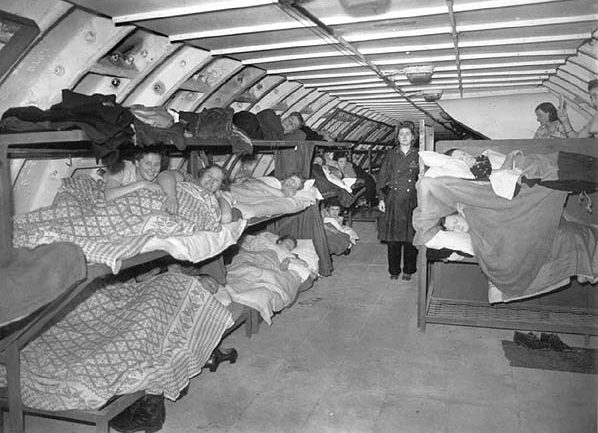
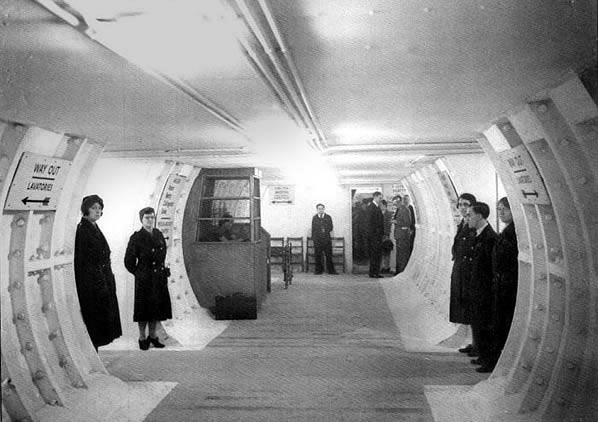
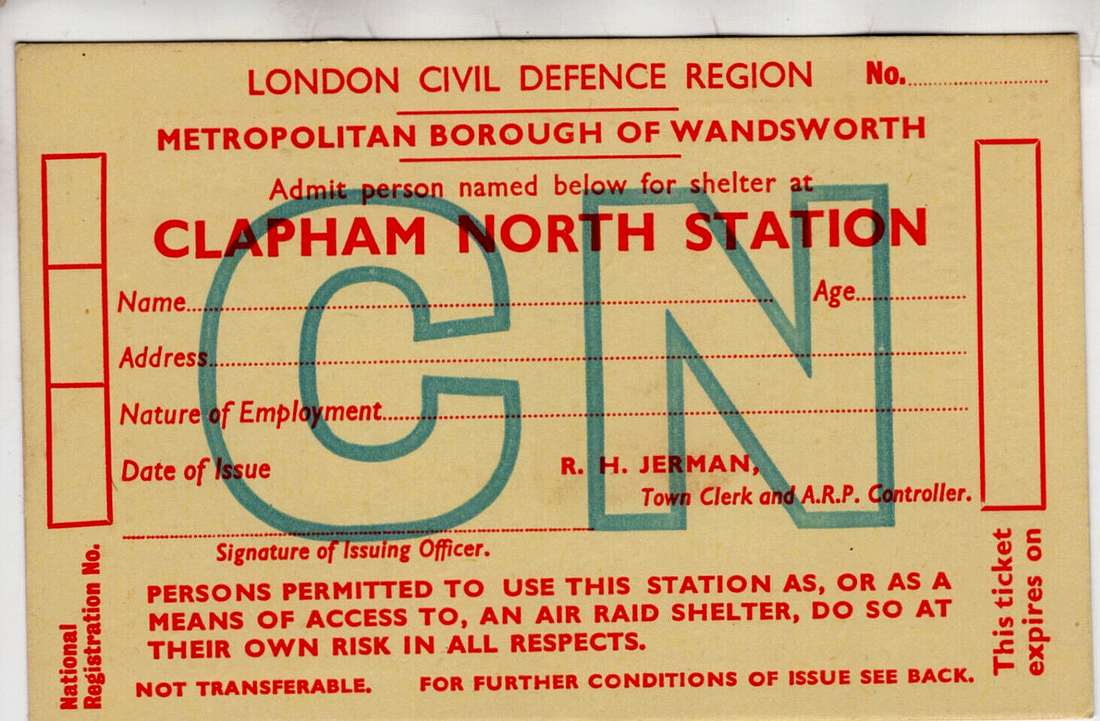
 RSS Feed
RSS Feed